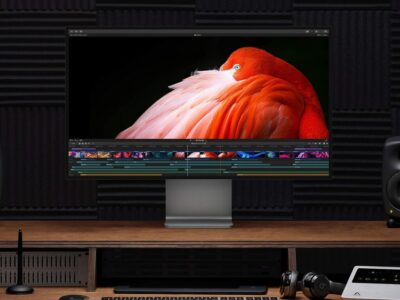Lights, camera, action! Aspiring filmmakers, it’s time to dive into the captivating world of cinematography and discover the marvels of shutter speed. So grab your camera and let’s get on a journey where time stands still and moments are frozen in breathtaking images.

What is Shutter Speed?
First things first, what exactly is shutter speed? Well, my fellow filmmakers, shutter speed is the hero that determines how fast the shutter opens and closes when you capture an image. It’s the conductor of light, controlling the exposure and allowing you to create your visual masterpiece.
But wait, there’s more! Shutter speed is not just about the duration of light exposure; it’s also can create captivating effects. When you set a slower shutter speed, the world around you transforms into a dreamlike state. Colors become more vibrant, and moving objects leave trails of motion blur, adding a touch of ethereal beauty to your shots. Just imagine capturing the grace of a ballerina’s pirouette or the rush of a speeding car in a single frame. It’s pure cinematic magic!

However, keep in mind that slower shutter speeds come with a catch. To ensure your images remain crisp and blur-free, it’s crucial to stabilize your camera. A nice tripod becomes your best friend, providing a steady foundation for your creative endeavors. So remember, when you delve into the area of the slower shutter speeds, use a tripod and say goodbye to unintentional blur.
Become a Filmmaker FREE eBook
In this Free 99 pages PDF file, you will find:
✔️ Camera Settings
✔️ Lighting
✔️ Directing
✔️ Post-Production
✔️ Website & online presence
✔️ and more

How Shutter Speed Work in Filmmaking
Now, let’s shift our focus to the realm of filmmaking. Ah, the optimal frame rate for shooting films, is the beloved 24 frames per second (or 23.98 for you digital enthusiasts). This cinematic gold standard captures the essence of motion and brings your stories to life. But how does shutter speed come into play?
Imagine this: 24 individual frames dancing in harmony, each one exposed to light for a specific duration. That’s where shutter speed steps in, determining how long each frame basks in the limelight. Too much exposure and your image become overexposed, drowning in a sea of brightness. We don’t want that, do we? No, my fellow filmmakers, we are looking for the perfect balance of light, a sweet spot where our visuals will shine with brightness.
So, as you venture into the realm of cinematography, remember the power of shutter speed. Experiment with different speeds, play with time and unleash your creativity. Capture the essence of motion, freeze moments in time, and paint your cinematic dreams onto the canvas of life.
Lights, camera, shutter speed – let the magic unfold! Now go forth, and learn the art of cinematography, one frame at a time. The world is waiting for your visionary tales. Lights out, and action!
If you are interested in learning more about cinematography, be sure to check this post.
Become a Filmmaker FREE eBook
In this Free 99 pages PDF file, you will find:
✔️ Camera Settings
✔️ Lighting
✔️ Directing
✔️ Post-Production
✔️ Website & online presence
✔️ and more


Video Editing Tips CapCut: Tips, Tricks, and Techniques
Video editing is an art, and there are proper tools and techniques, through them everybody… Read More »Video Editing Tips CapCut: Tips, Tricks, and Techniques

Factors to Consider Before Buying a Video Editing Computer
From helping grow your brand and business to editing just for fun with the love… Read More »Factors to Consider Before Buying a Video Editing Computer

Best Video Editing Monitors in 2024
In the evolving world of video production, the importance of a high-quality monitor cannot be… Read More »Best Video Editing Monitors in 2024